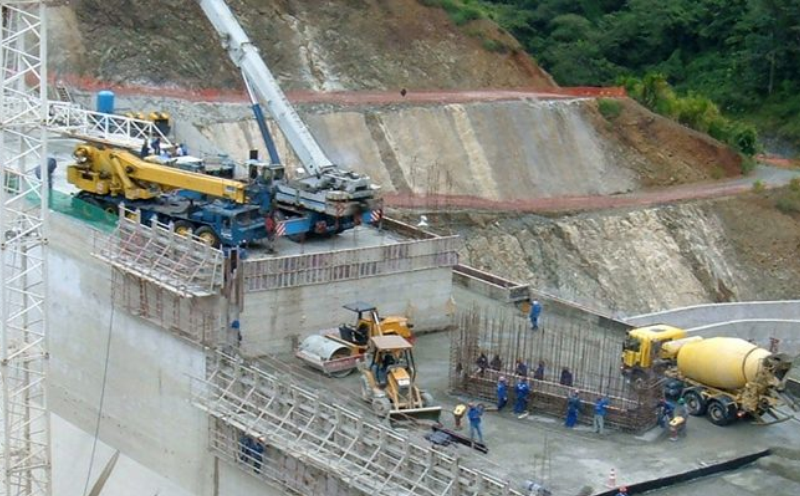
 Common problems of temperature sensor
Common problems of temperature sensor
We use temperature sensors in our daily life, whether it is thermometers, domestic water heaters, microwave ovens or refrigerators. Generally, temperature sensors have a wide range of applications, and the field of geotechnical monitoring is one of them.
A temperature sensor is a simple instrument that measures heat or cold and converts it into readable units. But have you ever thought about how to measure the temperature of soil, boreholes, huge concrete dams or buildings? Well, this is achieved through some special temperature sensors.
Temperature sensors are designed to periodically inspect concrete structures, bridges, railway tracks, soils, etc.
Here, we will tell you what a temperature sensor is, how it works, where it is used, and what different types it has.
What is a temperature sensor?
Temperature sensor is a kind of equipment, usually thermocouple or resistance temperature detector, which provides temperature measurement in readable form through electrical signals.
Thermometer is the most basic form of thermometer, which is used to measure the degree of cold and hot.
Thermometers are used in the field of geotechnical engineering to monitor structural changes caused by seasonal changes in concrete, structures, soil, water, bridges, etc.
Thermocouples (T/C) are made of two different metals and can produce a voltage proportional to the temperature change. RTD (Resistance Temperature Detector) is a variable resistor whose resistance changes in direct proportion to the temperature change in an accurate, repeatable and nearly linear manner.
What is the function of the temperature sensor?
A temperature sensor is a device designed to measure the heat or cold of an object. The operation of the thermometer depends on the voltage across the diode. The temperature change is proportional to the resistance of the diode. The lower the temperature, the lower the resistance, and vice versa.
Measure the resistance at both ends of the diode and convert it into readable temperature units (Fahrenheit, Celsius, Celsius, etc.), and display it on the reading unit in digital form. In the field of geotechnical monitoring, these temperature sensors are used to measure the internal temperature of bridges, dams, buildings, power plants and other structures.
What is the temperature sensor used for| What is the function of the temperature sensor?
Well, there are many types of temperature sensors, but the most common way to classify them is based on the connection mode, including contact and non-contact temperature sensors.
Contact sensors include thermocouples and thermistors because they are in direct contact with the object to be measured. The non-contact temperature sensor measures the heat radiation released by the heat source. This type of thermometer is usually used in hazardous environments, such as nuclear power plants or thermal power plants.
In geotechnical engineering monitoring, temperature sensors measure the heat of hydration in mass concrete structures. They can also be used to monitor groundwater migration or seepage. One of the areas where they are most commonly used is when curing concrete, because it must be relatively warm to set and cure properly. Seasonal changes lead to structural expansion or contraction, thus changing its overall volume.

